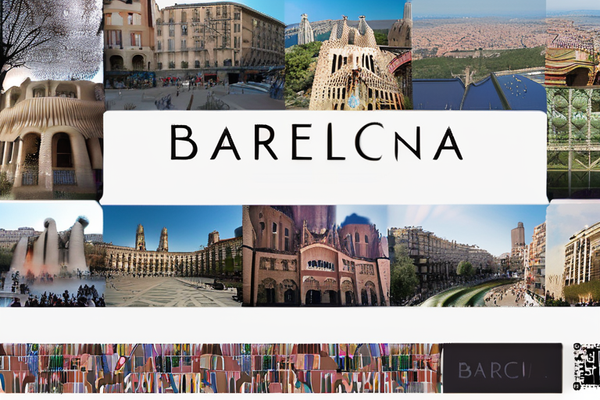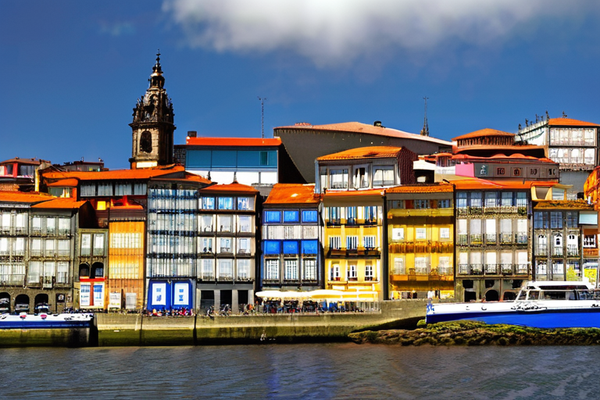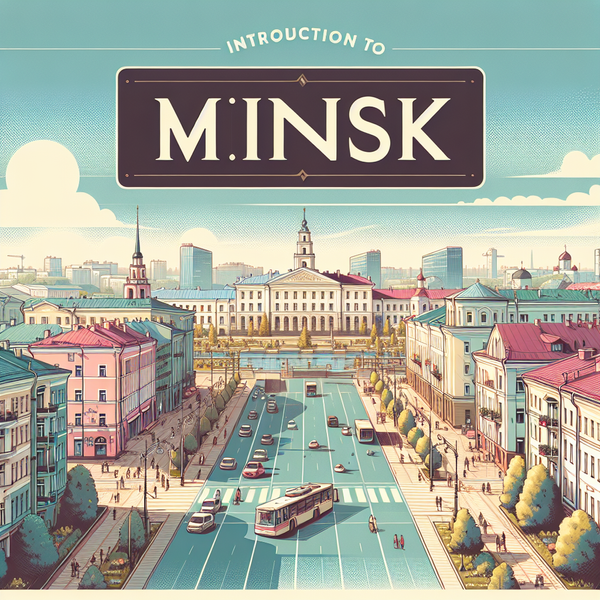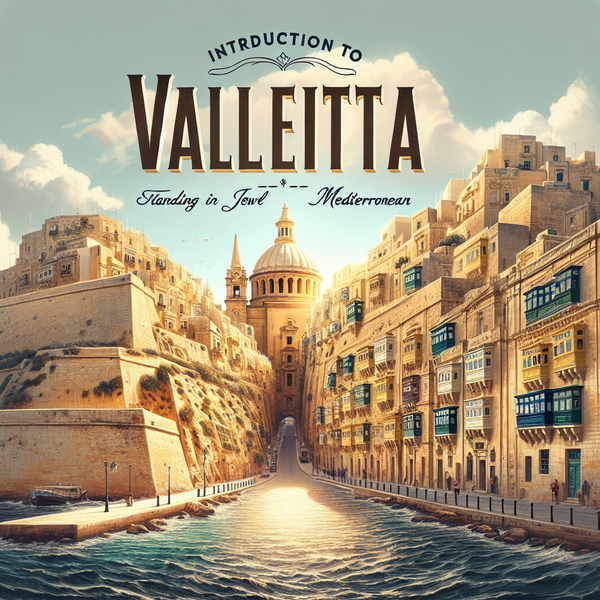Discovering Bucharest: A Journey Through Romania's Vibrant Capital
Bucharest, the capital and largest city of Romania has a rich and fascinating history that dates back to the 15th century.
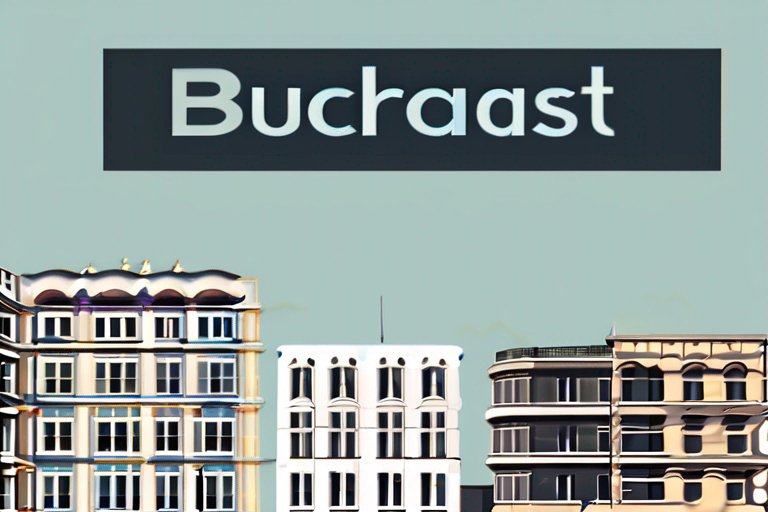
Bucharest, the capital and largest city of Romania has a rich and fascinating history that dates back to the 15th century. The city was first mentioned in documents in 1459, and it served as the residence of the Wallachian prince Vlad III the Impaler. In the following centuries, Bucharest grew in size and importance, becoming the capital of Wallachia in 1659 and the capital of the united Romanian principalities in 1862.
During the 19th and early 20th centuries, Bucharest underwent a period of rapid modernization and growth, earning it the nickname "Little Paris." The city's architectural landscape was transformed with the construction of grand boulevards, public buildings, and monuments in the Neoclassical, Beaux-Arts, and Art Nouveau styles.
However, the 20th century also brought its share of challenges and hardships to Bucharest. The city was heavily damaged during World War II and later fell under the communist regime of Nicolae Ceaușescu, who implemented a series of radical urban development projects that resulted in the demolition of many historic buildings and the construction of massive apartment blocks and public works.
Since the fall of communism in 1989, Bucharest has been working to restore and preserve its historic heritage while also modernizing its infrastructure and services. Today, the city is a vibrant and dynamic destination that combines the old and the new, the traditional and the avant-garde, and the local and the global.
Getting to Know Bucharest Today
Bucharest is a city of contrasts and surprises, where you can find both elegant French-style villas and stark Soviet-era apartment blocks, lush gardens and parks bustling commercial districts, and ancient churches and modern shopping malls. Here are some tips and recommendations for getting to know Bucharest today:
- Start your exploration in the historic center of Bucharest, also known as Lipscani, where you can admire the colorful facades of 19th-century buildings, browse the shops and galleries, and enjoy a meal or a drink in one of the many cafes and restaurants.
- Visit some of Bucharest's iconic landmarks, such as the Palace of the Parliament, the second largest administrative building in the world, the Romanian Athenaeum, a beautiful concert hall and cultural institution, and the Village Museum, an open-air museum that showcases the traditional architecture and lifestyle of rural Romania.
- Explore Bucharest's vibrant cultural scene, which includes a variety of art galleries, museums, theaters, and music venues. Some highlights include the National Museum of Art of Romania, the Museum of Contemporary Art, the Odeon Theatre, and the Romanian National Opera.
- Take a stroll in one of Bucharest's many parks and gardens, such as the Cismigiu Garden, the Herastrau Park, or the Carol Park, and enjoy the fresh air, the greenery, and the recreational facilities.
- Try some of Bucharest's local specialties, such as sarmale (cabbage rolls), mici (grilled sausages), and covrigi (pretzels), and wash them down with a glass of tuică (plum brandy) or a cup of Romanian coffee.
We hope that this overview has given you a taste of what Bucharest has to offer and has inspired you to discover more about this fascinating city. Whether you are interested in history, culture, cuisine, or nature, Bucharest has something for everyone.

Exploring Bucharest's Architectural Gems
Bucharest is a city with a rich and diverse architectural heritage, reflecting its historical development and cultural influences. From the grandeur of the Palace of the Parliament to the charm of the Old Town, and from the elegance of the Art Nouveau buildings to the modernity of the new constructions, Bucharest offers a fascinating architectural journey. Here are some highlights:
The Palace of the Parliament
The Palace of the Parliament is one of Bucharest's most iconic and impressive landmarks and a must-see for any architecture enthusiast. This colossal building, also known as the People's House, was commissioned by the former communist dictator Nicolae Ceaușescu and built between 1984 and 1989. It is the second largest administrative building in the world, after the Pentagon, and covers an area of 365,000 square meters, with 12 stories and 8 underground levels. The Palace is a remarkable example of the late modernist style, with a monumental and symmetrical design, and a lavish use of marble, wood, and crystal. It houses the Romanian Parliament and several museums and cultural institutions and can be visited by guided tour.
The Old Town of Bucharest
The Old Town of Bucharest, also known as Lipscani, is a charming and historic district that reflects the city's past as a trading center and cultural hub. The Old Town is located in the heart of Bucharest and features a variety of architectural styles, from the Brâncovenesc style of the 17th and 18th centuries to the Neoclassical and Art Nouveau styles of the 19th and early 20th centuries. The Old Town is home to many historic buildings, such as the Stavropoleos Monastery, the Curtea Veche (Old Princely Court), and the Hanul lui Manuc (Manuc's Inn), as well as a vibrant street life, with many cafes, restaurants, shops, and galleries.
Art Nouveau Architecture in Bucharest
Art Nouveau is a decorative and architectural style that emerged in the late 19th and early 20th centuries, and that had a significant influence on Bucharest's urban landscape. Art Nouveau in Bucharest is characterized by a floral and organic motif, a curvilinear and asymmetrical design, and colorful and ornate decoration. Some of the most notable examples of Art Nouveau architecture in Bucharest include the CEC Palace, the Cantacuzino Palace, and the George Enescu Museum, as well as many residential and commercial buildings in the central and western parts of the city.
We hope that this section has given you a glimpse of Bucharest's architectural gems, and has encouraged you to explore further this fascinating and multifaceted city. Whether you prefer the grandeur of the Palace of the Parliament, the charm of the Old Town, or the elegance of the Art Nouveau buildings, Bucharest has something to offer for every taste and interest.

Experiencing Bucharest's Culture and Cuisine
Bucharest is not only a city with a rich architectural heritage but also a vibrant cultural scene and a diverse culinary tradition. From museums and art galleries to theaters and music venues, and from traditional restaurants and cafes to modern street food and fusion cuisine, Bucharest offers a wide range of cultural and gastronomic experiences. Here are some highlights:
Museums, Art Galleries, and Theaters
Bucharest is home to many museums, art galleries, and theaters that showcase the city's cultural heritage and contemporary creativity. Here are some must-visit cultural institutions:
- The National Museum of Art of Romania: This museum is housed in the former Royal Palace and features a rich collection of Romanian and European art, from medieval icons and frescoes to modern and contemporary paintings and sculptures.
- The Museum of Contemporary Art: This museum is dedicated to promoting and exhibiting Romanian and international contemporary art, and features a diverse program of temporary and permanent exhibitions, workshops, and events.
- The Odeon Theatre: This theater is one of Bucharest's most prestigious and historic cultural institutions, and features a varied program of classical and contemporary drama, dance, and music performances.
- The Romanian Athenaeum: This concert hall is a symbol of Bucharest's cultural life and a masterpiece of neoclassical architecture. It is home to the George Enescu Philharmonic Orchestra and features a rich program of classical music concerts and events.
Bucharest's Food Scene
Bucharest's food scene is a reflection of the city's cultural diversity and gastronomic traditions. From hearty and flavorful traditional dishes to innovative and creative fusion cuisine, Bucharest offers a wide range of culinary experiences. Here are some must-try foods and restaurants:
- Sarmale: This is a traditional Romanian dish made of minced meat, rice, and herbs wrapped in cabbage leaves or grape leaves. It is usually served with polenta and pickles.
- Mici: This is a popular Romanian street food made of grilled minced meat, usually lamb, beef, or pork, seasoned with garlic, coriander, and other spices. It is often served with mustard and a bread roll.
- Covrigi: This is a Romanian version of the pretzel, a salty or sweet pastry that is often enjoyed as a snack or a dessert.
- Caru' cu Bere: This is one of Bucharest's most famous and historic restaurants, located in the heart of the Old Town. It serves traditional Romanian dishes and drinks, such as mici, sarmale, and beer, in a cozy and atmospheric setting.
- Kane: This is a modern and stylish restaurant that offers a fusion of Japanese and Peruvian cuisine, with a focus on fresh and high-quality ingredients. It is located in the upscale district of Dorobanti and features a sleek and minimalist decor.
We hope that this section has given you a taste of Bucharest's cultural and culinary scene, and has inspired you to explore further this fascinating and multifaceted city. Whether you prefer the classical and traditional or the modern and innovative, Bucharest has something to offer for every taste and interest.

Parks and Gardens in Bucharest
Bucharest is not only a city with a rich architectural heritage, a vibrant cultural scene, and a diverse culinary tradition but also a city with many parks and gardens that offer a green and relaxing oasis in the middle of the urban jungle. Here are some highlights:
Cismigiu Garden
Cismigiu Garden is Bucharest's oldest and most popular park, located in the heart of the city, near University Square. It was created in 1847 and covers an area of 17 hectares. Cismigiu Garden features a variety of landscapes, such as lakes, ponds, streams, alleys, and lawns, as well as many sculptures, fountains, and monuments. It is a popular spot for locals and tourists alike, who come to enjoy the fresh air, the greenery, and the recreational facilities, such as boat rentals, mini-golf, and playgrounds. Cismigiu Garden is also home to many events and festivals, such as the Bucharest International Film Festival, the Craftsmen's Fair, and the Christmas Market.
Herastrau Park
Herastrau Park is Bucharest's largest and most ambitious park, located in the northern part of the city, near the Village Museum. It was created in 1936 and covers an area of 187 hectares. Herastrau Park is centered around Herastrau Lake, a large artificial lake that offers many water activities, such as boating, fishing, and swimming. Herastrau Park features a variety of landscapes, such as forests, meadows, and gardens, as well as many sculptures, fountains, and monuments. It is a popular spot for sports and leisure, with many facilities, such as tennis courts, basketball courts, football fields, and jogging tracks. Herastrau Park is also home to many events and festivals, such as the Bucharest Music Film Festival, the Craftsmen's Fair, and the Halloween Party.
We hope that this section has given you an overview of Bucharest's parks and gardens, and has encouraged you to visit and explore these green and relaxing spaces. Whether you prefer the historic and central Cismigiu Garden or the modern and spacious Herastrau Park, you will find a peaceful and enjoyable retreat amid Bucharest's busy and vibrant city life.

Day Trips from Bucharest
Bucharest is not only a fascinating and multifaceted city but also a convenient base for exploring the surrounding region and its many attractions. Here are some ideas for day trips from Bucharest, with a focus on cultural and natural highlights:
Visiting Transylvania
Transylvania is a historical region in central Romania, known for its picturesque landscapes, medieval towns, and legendary castles. Here are some must-visit destinations in Transylvania that are within a day's reach from Bucharest:
- Brasov: A charming and historic town located at the foot of the Carpathian Mountains, Brasov is a popular destination for its Gothic architecture, narrow streets, and scenic views. Some must-see sights in Brasov include the Black Church, the Council Square, and the White Tower.
- Bran Castle: Also known as Dracula's Castle, Bran Castle is a medieval fortress located near Brasov, on the border between Transylvania and Wallachia. Bran Castle is a popular tourist attraction for its connections with the historical figure of Vlad the Impaler and the fictional character of Count Dracula.
- Sighisoara: A well-preserved and UNESCO-listed medieval town, Sighisoara is a must-visit destination for its colorful houses, cobblestone streets, and defensive walls. Sighisoara is also the birthplace of Vlad the Impaler and features a museum dedicated to his life and legacy.
Exploring the Bulgarian Border
The Bulgarian border is a natural and cultural boundary between Romania and Bulgaria, featuring many scenic landscapes, historic sites, and ethnic traditions. Here are some must-visit destinations on the Bulgarian border that are within a day's reach from Bucharest:
- The Danube Delta: A vast and unique wetland located at the mouth of the Danube River, the Danube Delta is a biodiversity hotspot and a UNESCO-listed natural wonder. The Danube Delta is home to many species of birds, fish, and plants, as well as many traditional villages and fisheries.
- The Rusenski Lom Nature Park: A scenic and protected area located on the Bulgarian side of the Danube River, the Rusenski Lom Nature Park is a must-visit destination for its rock formations, caves, and historic sites. The Rusenski Lom Nature Park features many rock-hewn churches, medieval fortresses, and Thracian tombs, as well as many hiking and biking trails.
- The village of Ivanovo: A historic and cultural village located on the Bulgarian side of the Danube River, the village of Ivanovo is a must-visit destination for its rock-hewn churches, monasteries, and chapels. The rock-hewn churches of Ivanovo are a UNESCO-listed site and feature many well-preserved frescoes and inscriptions.
We hope that this section has given you some inspiration for day trips from Bucharest, and has encouraged you to explore the rich and diverse region that surrounds the Romanian capital. Whether you prefer the cultural and historical highlights of Transylvania or the natural and scenic wonders of the Bulgarian border, you will find a wide range of destinations and experiences that will make your trip to Bucharest unforgettable.


